Continuing our search of the radiant traces left on the Earth by our remote ancestors in the 11th century, we have now arrived to India. This land is said to be the cradle of the human race and speech, the mother of history, the grandmother of legends, and the great grandmother of traditions. Hindu culture formed of various historical epochs, customs, traditions and ideas, including those of invaders and immigrants. Many local customs, features, languages, monuments, etc. are referred to as examples of such centuries-old cultural blending.
Yet, firstly, according to our custom, let me kindly recommend everyone to familiarize themselves with the previous articles of the In quest of... A journey to the remote 11th century series:
As early as at the stage of initial reflections on this article series I looked at India and saw a blank spot. Even now, after a certain while, it is still rather difficult for me to evaluate this region objectively. Today I can only limit myself to search of historical sources and temples of that time, i.e. the 11th century. As for temples, there are so many of them preserved in India! The internet offers countless images, though information on dates is obviously scanty. Nevertheless, the one who searches always finds.

In the 10-11th centuries AD, India entered the age of developed feudalism. That time was marked by a boom of states, growth of cities, and active construction of palaces and temples. At the turn of the 11th century, almost simultaneously large complexes of on-land temples emerged in big cities, reflecting local architectural and cultural particularities (source – History of Arts, Volume 1, link). 11-12th-century Hindu temples are notable for their architectural complexity and represent multilevel alp-shaped complexes rising upwards. The temples are richly decorated with sculptures that are perceived from a distance as an intricate lacy pattern.
Below I will mention some of the temples discovered.
Kandariya Mahadeva Temple in Khajuraho
Firstly, let me refer to the Hindu temples located in the Indian state of Madhya Pradesh. 22 buildings out of the whole architectural ensemble have remained until today. The most interesting is the Kandariya Mahadeva Temple dedicated to god Shiva and erected in the 11th century. You can view it below.
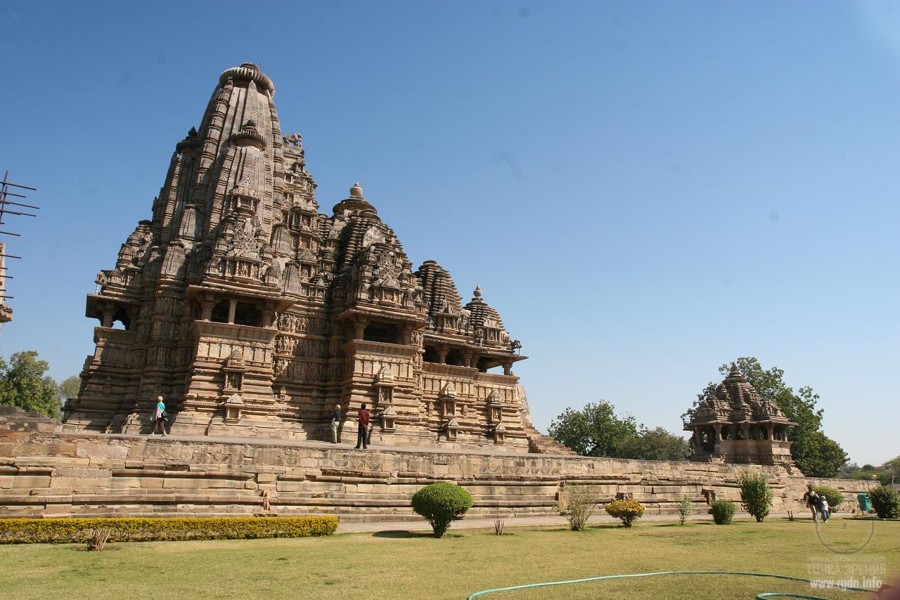
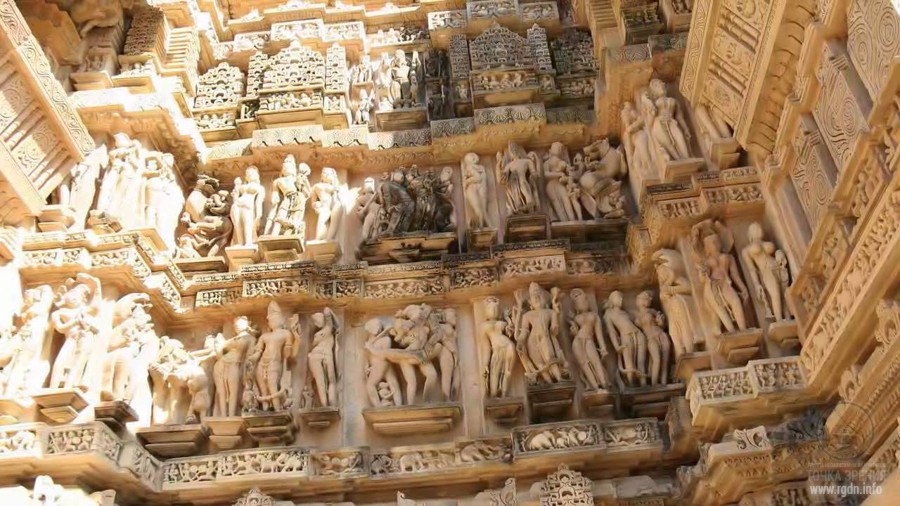
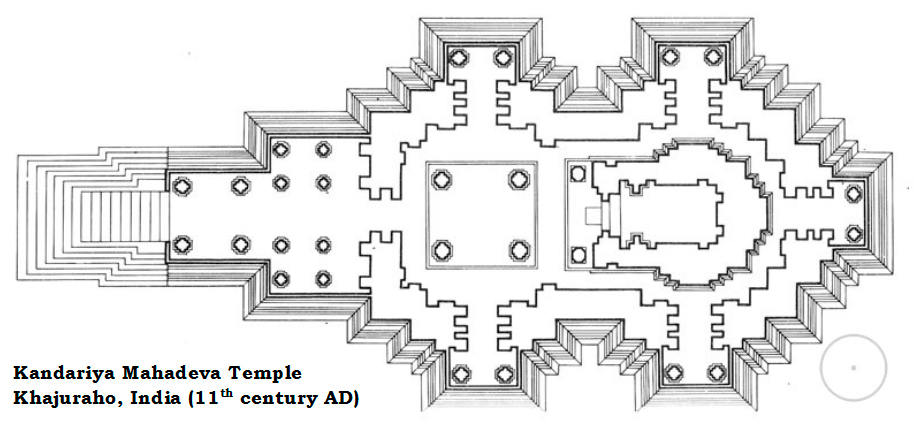
Lingaraja Temple was founded in Bhubaneswar in the early 11th century. The architectural ensemble consists of three big temples and over one hundred small temples and shrines. The southern temple, considered to be the main one, is dedicated to Ganesha – an elephant-headed deity of wisdom and prosperity, the son of Shiva. Please, view below:
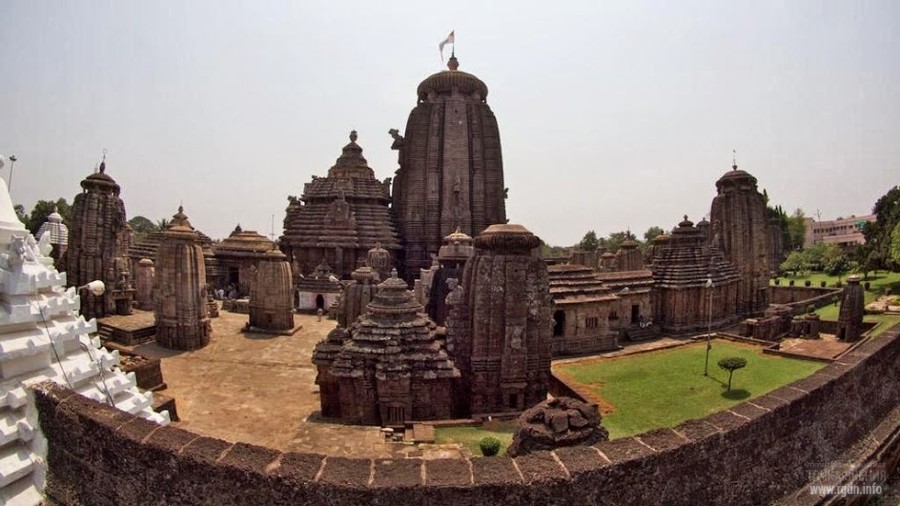
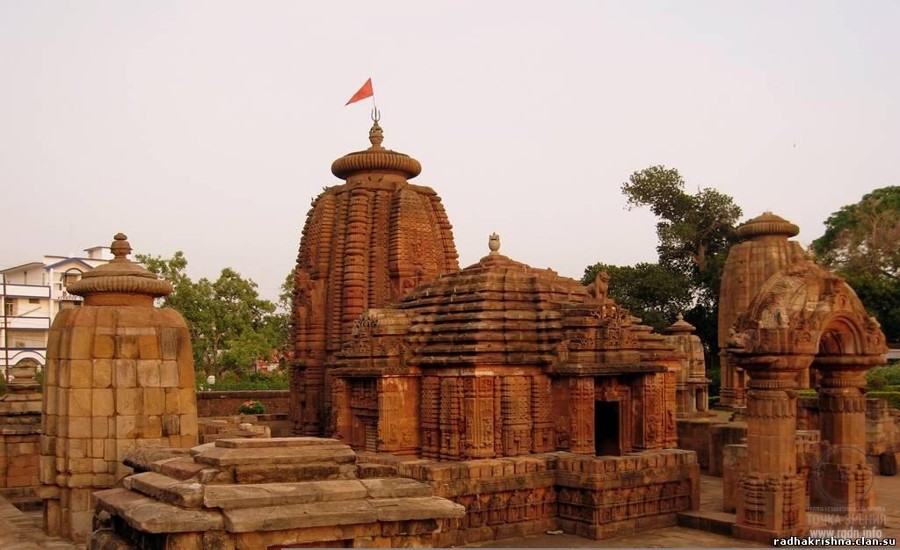
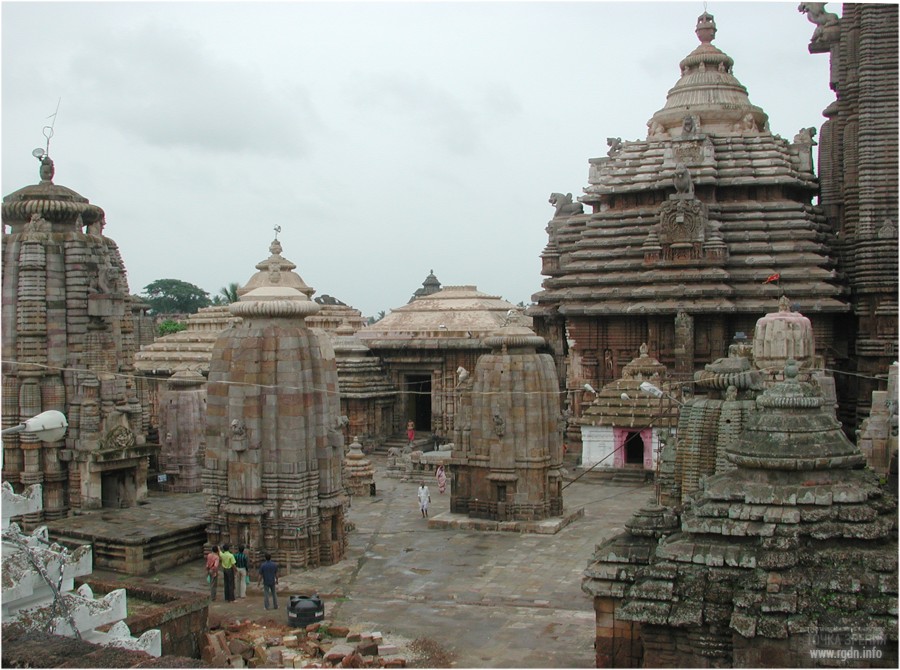
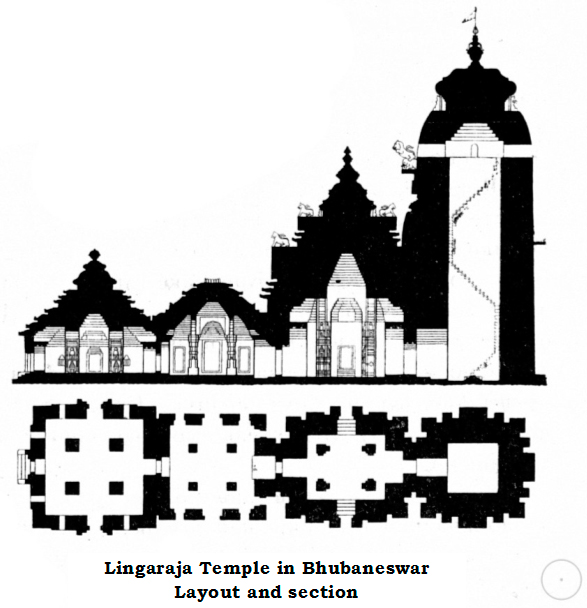
Jagannath Temple is a famous Hindu temple in the city of Puri in Odisha state. It is dedicated to deity Jagannath(or Jagannatha) and is a significant centre of pilgrimage for many traditions of Hinduism, especially Vaishnavism. It is also one of the four major pilgrimage sites (Char Dham), which every Hindu should visit during his or her life. The current temple building was constructed by King Chodagangadeva (1078-1147) from the famous Ganga dynasty:
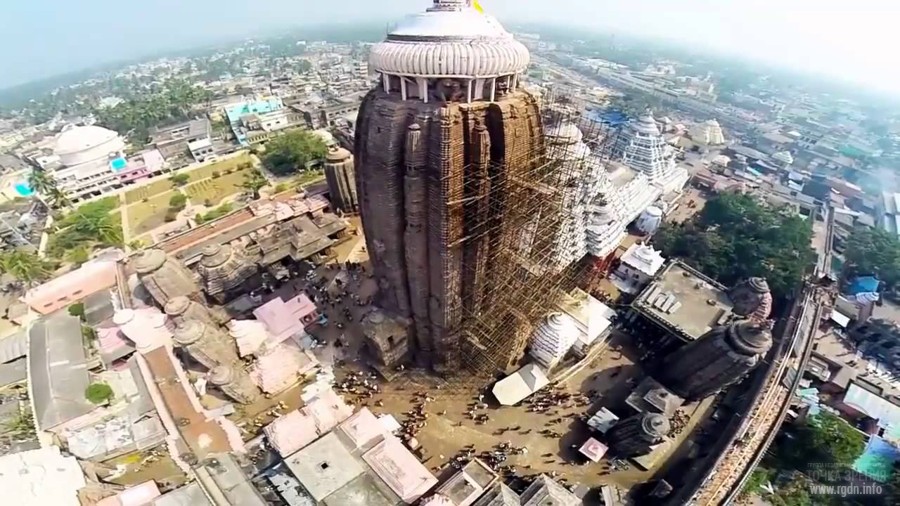
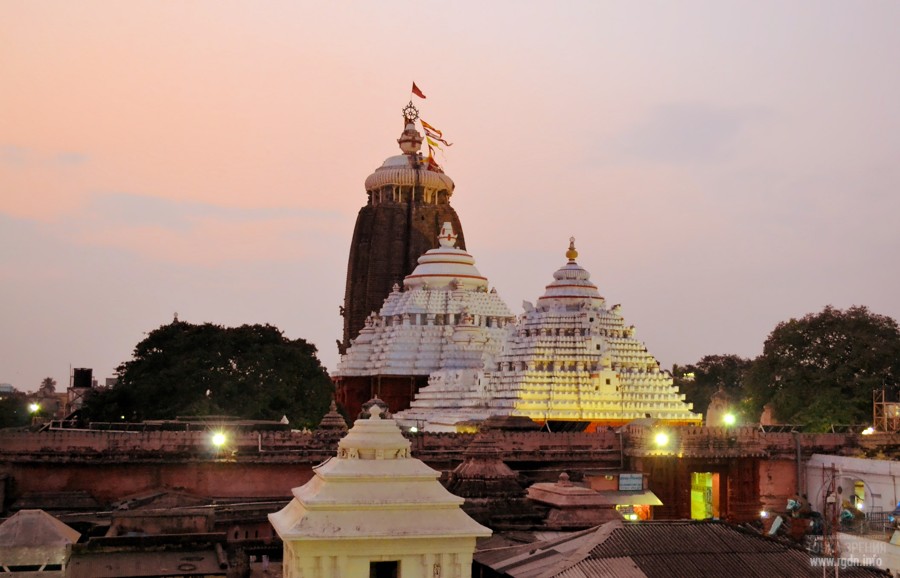
The Sun Temple in Modhera. Its construction started by the order of King Bhima I from Chaulukya dynasty in 1026 AD. Representatives of this dynasty considered themselves to be descendants of the sun god Surya. The main temple, the inner sanctum of the complex was erected on a special lotus-shaped pedestal, since the lotus flower is deemed sunny: it opens its petals when it meets the sun at dawn, and it closes its petals at sunset. The temple was designed in such a way that at dawn and at sunset on the summer solstice day of 21 June the sun illuminates the statue of Surya made of gold and decorated with jewels.
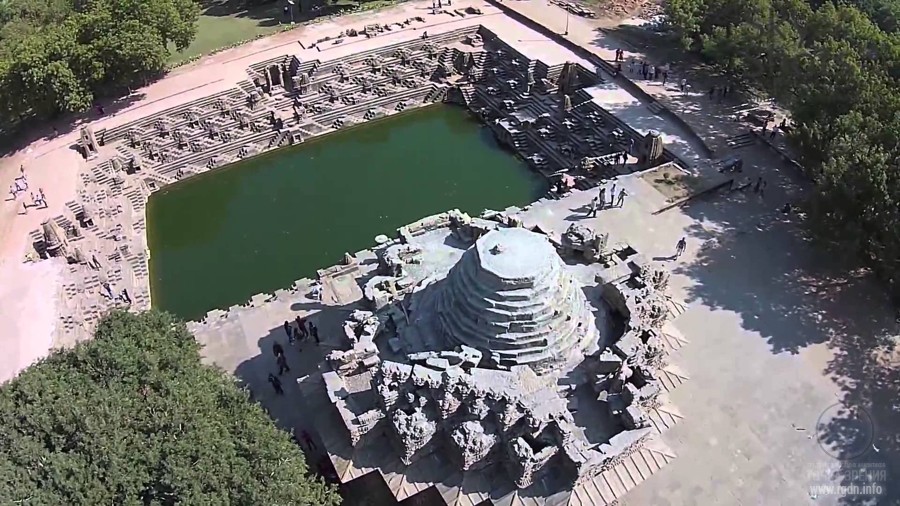

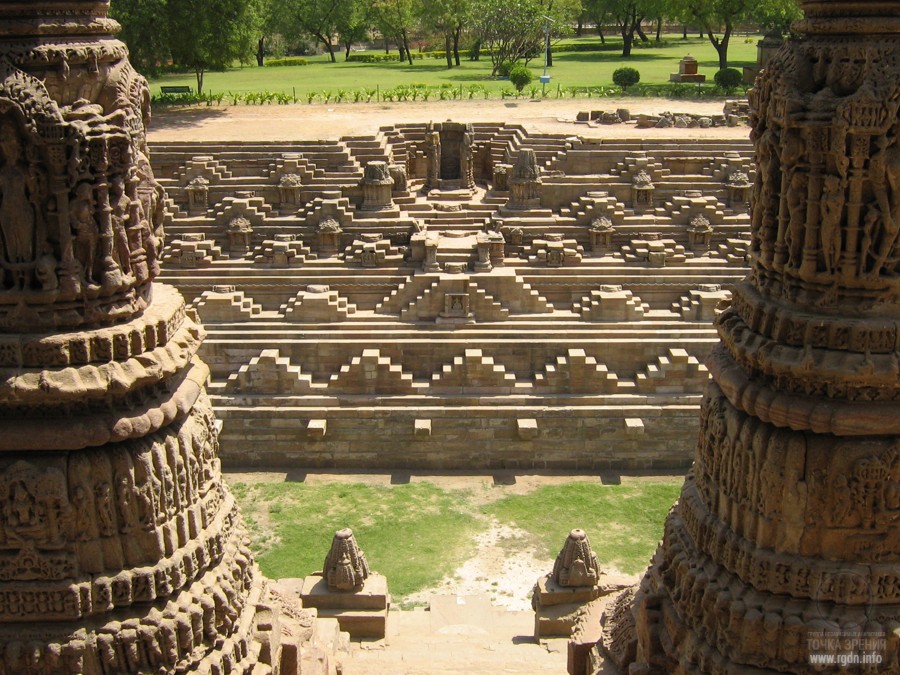
Rajarani Temple is an 11th-century Hindu temple dedicated to god Shiva and located in Bhubaneswar. It is known as the “temple of love”, since the elements of its décor depict women and amorous couples in rather intimate poses:
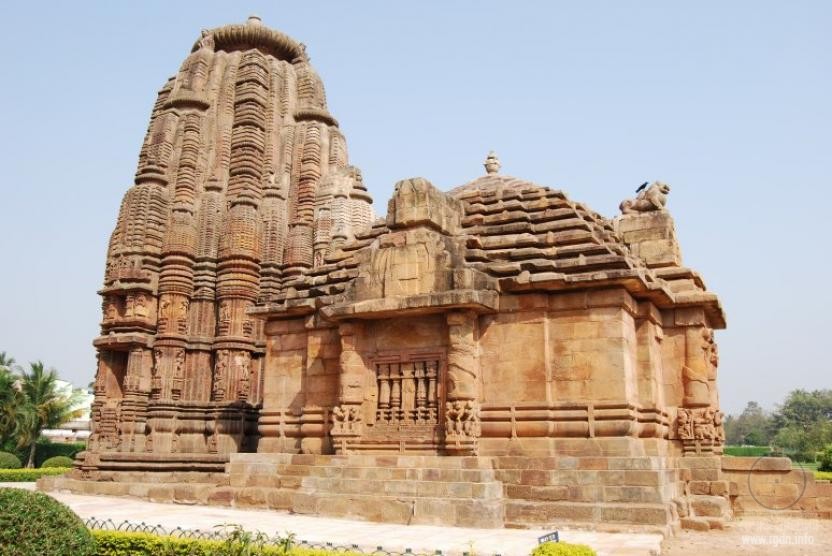
The Great Living Chola Temples in the state of Tamil Nadu were built during the reign of Chola dynasty in the 11-12th centuries AD:
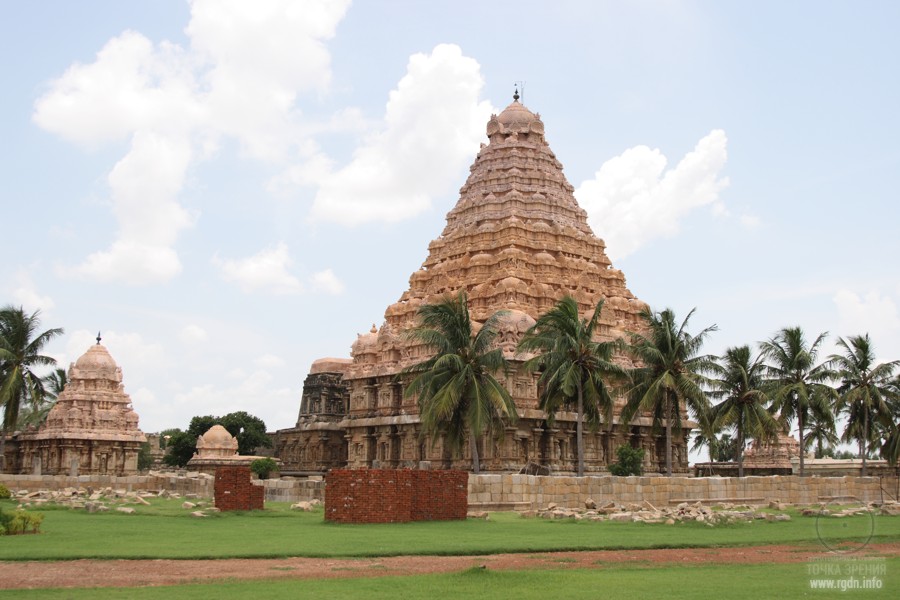
Adi Kumbeswarar Temple is one of the temples most revered by Shaivites. It was constructed in the 11th century AD. Regrettably, no photos are available.
AdinathTemple wasbuilt of white marble in the 11th century during the reign of King Bhima I, and is dedicated to the first Jainist tirthankara Adinath. Legend says, 1200 builders and 1500 sculptors were involved in the temple construction. On the temple altar there stands a bronze statue of Adinath, decorated with jewels.
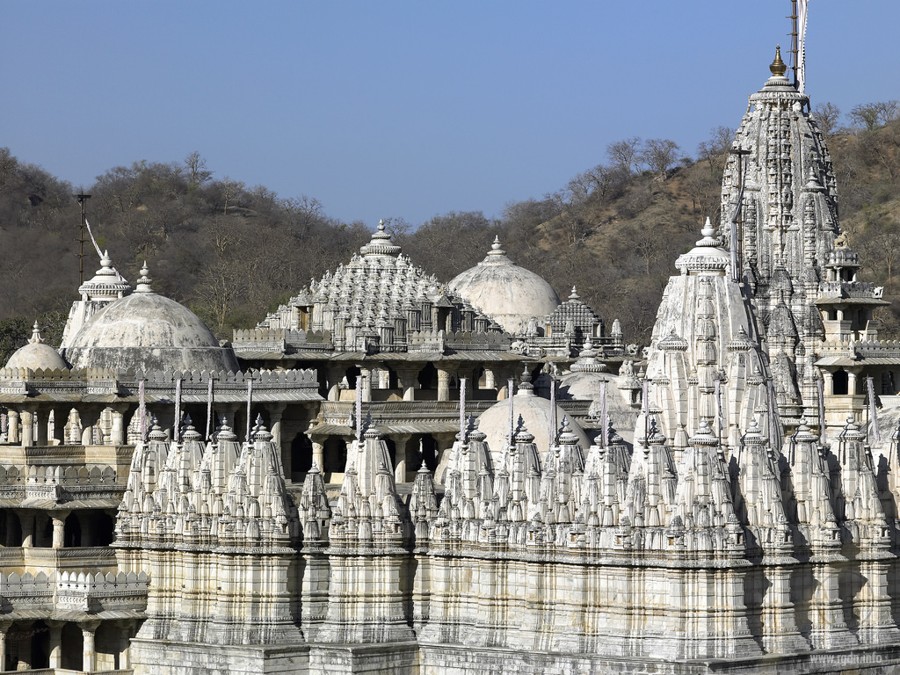
Brihadeeswarar Temple in Thanjavur was built by King Raja Raja Chola I in the 11th century AD to mark one of his war victories. A huge Lingam is inside the temple. Unlike the majority of South Indian temples notable for their tall pyramidal towers (gopuras), Brihadeeswarar Temple is vimana-shaped and much higher. Its tall thirteen-level tower (vimana) rising high above the sanctuary as if touches the sky. Brihadeeswarar Temple is one of the highest temples in India. It is designed in such a way that the vimana casts no shadow at noon, regardless of the season. On two sides the temple is surrounded with a moat, and on the third side with Anicut water channel constructed as long ago as in the 2nd century AD during the reign of King Karikala Chola. A large statue of bull Nandi guards the temple entrance.
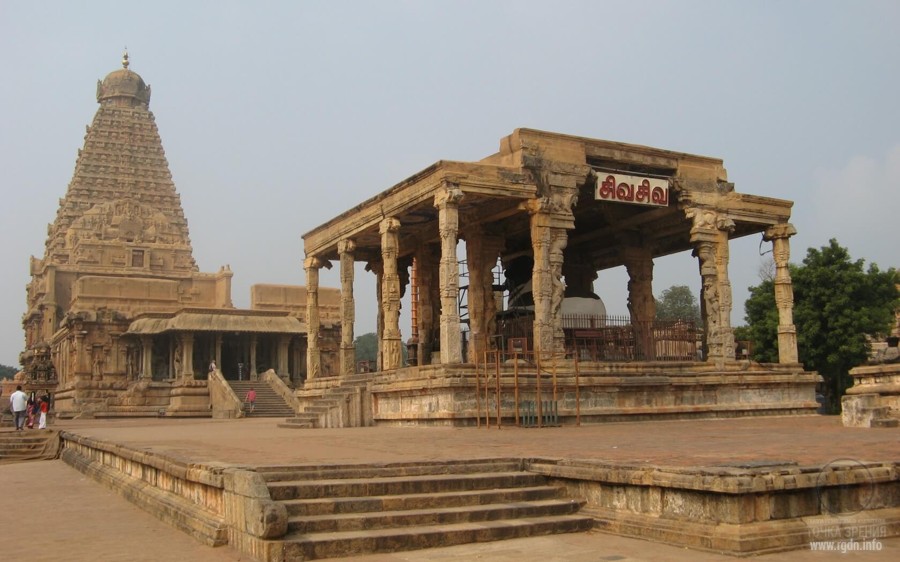
It is certainly possible to spend many days, surfing the web and posting images of large and small Hindu temples. India is so gorgeous and inconceivable.
In the process of my search I highlighted several interesting points.
In the 10-12th centuries AD, in the course of feudal internecine wars there finally formed sovereign clans which led powerful military forces. It is noteworthy that such forces were reckoned at the emperor’s service only nominally, basically serving the said clans. By that time, the unwritten samurai moral code called The Way of Bow and Racer (Kuba-no Miti) became established, which later on turned into a code of rules The Way of the Warrior (Bushido). Moreover, the gokenin gentry emerged during the same period. The separation of samurais as of a special class in Japan is usually dated to the reign of Minamoto clan (1192-1333). It was preceded by a protracted bloody civil war (the so-called Genpei War) between the Taira and Minamoto feudal clans, which created prerequisites for the establishment of shogunate – the samurai government headed by the supreme commander (shogun).

By one of versions, ninjas appeared on the historical stage circa the 10th century AD.
In the 11th century, folksy motifs emerged in Japanese arts, and folk songs (imajo), music and dancing (dengaku) became popular among aristocrats.
Since the 11th century, joint sowing and harvesting works, construction of irrigation systems, etc. began to be spread. Thus the Japanese medieval rural community formed. The difference between the new type of community and the previous community of the Early Middle Ages, when it had been a property owner and manager, was that daily works were carried out by separate entities which owned land and property, while the community itself now played a supplementary role.
Emperor Shirakawa (1053-1129) endeavoured to restore the trend of separation between temples and warriors. He tried to put temples under his control, frequently visiting such places and granting court titles to monks. In 1086 he abdicated, though preserving power, and in 1096 took the monastic vows...
An addition made later. What about the AllatRa sign in samurai symbolism? How could I forget? The question is where the samurai got it from.
This time I have hardly managed to collect convincing evidence. Speaking of India, temples have been built there at all times. On the other hand, in the Japanese history I found no other case when an emperor would have abdicated and taken the monastic vows, which means something significant did take place in that country in the period we are discussing...
Well, let’s go further. I assure you it will be even more interesting. Stay with us!)
Prepared by Dato Gomarteli (Ukraine-Georgia)
 In quest of... The 11th century. India, Japan. Part Seven
votes:
77
In quest of... The 11th century. India, Japan. Part Seven
votes:
77
|

Project Aim










Leave comment